Neil Diamond and Catherine Bainbridge have teamed up once more to share enlightening stories from their homeland. Past collaborations include Reel Injun and Rumble, works highlighting the creativity of Indigenous voices. With Red Fever, they shift focus, traveling across Turtle Island and beyond to trace threads of the past woven into today.
Joining the directors on this journey is Neil Diamond himself. A Cree photographer and filmmaker, Neil serves as our lively guide. From his hometown in northern Quebec, he ventures forth, curious about how Native culture touches lives worldwide. Though often not reflecting what people expect, Neil remains genuine in sharing both pride in his people and questions about others’ long fascination.
Across four chapters like a medicine wheel, Red Fever explores the profound yet overlooked roles of First Nations. We learn of fashion drawing on ancient designs, sports evolving from demonstrations of strength, and democracy first gleaned from nations united in diplomacy. Environmental practices that have been proven sustainable for generations inspire new solutions.
Throughout, a spirit of good humor and cooperation guides the discussions. Rather than accusations, the focus lies on appreciating Indigenous survival and gifts shared freely. By bringing these influences into light, the film opens minds to our shared human origins and fosters a fresh understanding between all. Join Neil and Catherine to embark on this revealing journey into the roots of influence surrounding us today.
The Medicine Wheel Journey
Red Fever shares enlightening insight through a unique four-fold structure. Mirroring the sacred medicine wheel, Neil Diamond takes viewers on a voyage of discovery through fashion, sports, politics, and Earth.
Within each segment, Neil acts as a keen yet easygoing companion. From his home Cree lands, he leads us across Turtle Island and beyond. Along the way, scholars, activists, and cultural keepers are openheartedly sharing their knowledge. Through their passion, we learn of roots often overlooked and entwined in our world.
First up is fashion, where the runways stir thought. Highlighting the origins Indigenous designs hold, awareness grows of appropriation’s harms. Honor then flows to today’s designers, who uphold tradition with pride.
From there, we enter the realm of sports. Stories surface of athletic greats like Jim Thorpe, power in their movements, and inspiration in their spirits. Harsh truths also emerge of representation denied and respect too long delayed.
Politics comes next, taking us deep into history. Surprises await learning that the Iroquois Confederacy informed democracy’s birth. Their lessons of diplomacy, balance, and consent planted seeds that have been flourishing.
Our journey concludes with the heart of the earth. Into forests and waters we wander, wisdom echoed across the streaming centuries. Solutions spring from living as one with all relations, as once was known.
Throughout, laughter and care light Neil’s guidance. With him, we absorb enlightening details through good cheer. Thus does Red Fever unveil influences in a manner touching people and, heart-to-heart, bringing peoples closer.
Weaving Truth and Change
Red fever opens some eyes when exploring the fashion industry. None escape Neil’s observation as he untangles the threads of influence winding through style. From the runways where Native works walk uncredited, his journey starts us thinking about the deeper meanings carried in each stitch.
He lifts up a parka worn long ago, bringing its story to light. How an Inuit design dazzled crowds far from its home, only to be snatched and sold as a novel novelty. We glimpse the shamer who wore it, imagining what emotions filled him, seeing his people’s ways disregarded, discounted, and made dishonestly distinct. A reminder of such misuse still stings as he shares a brand’s belated apology.
Yet not all the news is harsh. With care, he introduces us to today’s innovators, honoring tradition while being open to sharing it. Their works blend old and new without need of deceit, pride intact, as cultures unite in creativity. Through their words, the truth shines clear: when respect guides the hand, all benefit richly from what each holds dear.
By the journey’s end, perspectives have morphed, and visions have widened in a world where ownership outpaces creator credit for far too long. But too, change buds slowly, and anger helps few. With patience and partnership, the path proves brighter, and identity is upheld as minds and hands come together, weaving truths that can stand the test of any weather.
Standing in Their Truth
Jim Thorpe’s tale still turns heads today. A champion whose fame first graced the Carlisle team before finding Olympic glory, only to have both snatched by authorities threatening Indigenous pride. Red Fever pins no praise to pretense here; the truth’s light exposes each injustice with care.
We watch Neil absorb fans’ crass mimicry, disgust clear as crowds cheer on with culturally hollowed chants, myth still masking man. But one man’s misery mattered not to those bent solely on moments mirth, all thought for others’ feelings left far from field or dirt.
Yet where scorn once stood, sympathy may yet be found, as memories move some minds. Names once wielded to wound now see renewal, rebirthed to honor those past harms silenced but never muted. Artists, too, refind voice, sharing struggles and strengths in ways receptive hearts can grasp, guiding gazes to where respect may take root and last.
Such seeds, though small, can shift the ground on which we stand. By facing hard histories’ harshest hours, understanding grows of the duties truth demands—to spread wide wings of wisdom, sheltering all people’s powers under liberties and justices shared communal shields. By standing on such solidarities, mankind may start to heal.
Origins of an Idea
Do your eyes glaze at discussions of long-ago governance? Neil hopes to change that, sharing tales that are both timely and absorbing. Like tracing a treasured heirloom to its maker, he journeys to the source of democracy, unearthing histories too long hidden.
His find: a confederacy crafting consensus through compassion. Where women’s voices guided decisions by clan, the Iroquois fostered fellowship across nations. Each contributed without command, preferring peaceable paths to please all peoples. Such ways so sparked settlers’ spirits that framers found fair footing, forming a new republic.
We witness scholars explain this impact, yet their words fail without the Iroquois’ example. While policy changed hands, principles proved timeless—that respect for others and care for the community form foundations firm against any storm. It was on such solid ground that pioneers’ passions for liberty and justice grew, nourished by the natural rights Native neighbors already knew.
So with democracy’s roots traced, we glimpse anew what binds societies in strength and solidarity. Not borders or ballots alone, but shared dreams of dignity for one and all. An ancient dream, it seems, Indigenous hearts have ever held for this land—now ours to see and help fulfill—through seeking first to understand our fellow riders on this orb we call our home.
An Ancient Harmony
Does “environment” seem like a modern term? Think again. For Native peoples, land was life—its rhythms were known and kept for generations to come. So in Red Fever’s final segment, a brighter note rings than words first suggest.
Here, salmon speak, though with fins, not tongues. Their plight in the Pacific moves protests coastal as First Nations defend ancestral streams. Aquaculture pens hold fish in close rows like crops, and vaccine and antibiotic use raises worries downstream. But tradition recalls salmon as gifts bearing nutrients shared freely, not commodities caged and claimed.
Change came swiftly once Europeans did, yet Earth’s deep memory remained. And now a turning sees Earth’s original stewards finding voice to guide her healing. Leaders listen and learn once more from those living longest with that land, respecting ways that weathered time where newer means now fail.
So as Red Fever ends, hope flows free and clear. Within waters winding, solutions stir, and all who drink may drink deep of wisdom, keeping all nourished. Our world cries out in this fragile hour, yet answers echo from long before we came, if we have ears to hear. In locking arms with Earth, Her first sons and daughters show a path home that starts with honoring those walking the longest at Her side. Their song, it seems, could yet raise all our spirits, natural and high.
Expanding Perspectives
With a caring yet critical eye, Red Fever shares light on histories long kept dim. Neil Diamond guides viewers on a journey—part reverent, part rousing—to reveal the threads weaving cultures old and new. His voice brings smiles as meaning, letting ignorance give way to understanding between all people.
This film achieves its aim of honoring contributions that have been forgotten or buried by time. It traces the subtle roots of notions taken for granted, turning eyes to see the foundations shaping thought and deed. Throughout we find which paths our traveling treads were first trod, by footsteps light upon this land before our coming. Symbols freighted now with pain or pride once held meanings simple and sacred—gifts from hands too seldom thanked.
Yet gratitude flows freely here, where past and present join in the vision of a brighter future for the blending. Though some themes left space to explore, in candor seek, we find hope rising. For in sharing, soothed are sorrows; strengthened is each soul to stand with dignity reclaimed and work in fellowship. Wherever this film flows, richer flow the streams of wisdom binding all in shared delights of creativity and care for generations yet to be.
Its message is as simple as the love from which it springs: Within another’s being, we may find our own, embraced. Thus, understanding grows, and through it, we become the change future needs need. If we bear this in mind, our steps will surely tend toward justice, joy, and true community. For all, there is an equal place beneath the sky.
The Review
Red Fever
In conclusion, Red Fever achieves its goal of bringing awareness to Indigenous influences too long taken for granted or obscured from view. With both empathy and insight, it navigates complex histories and their modern reverberations through a spirit of respect, care, and hope for understanding between all peoples. While some areas could potentially have benefited from deeper exploration, Diamond and Bainbridge have crafted a thoughtful, engaging documentary that enlightens as much as it entertains.
PROS
- Educational while highly engaging and entertaining
- Features knowledgeable experts and compelling case studies on the topics
- Brings much-needed awareness about Indigenous history and contributions
- Thoughtfully navigates difficult subjects around appropriation and representation
- A positive and respectful approach aims for increased understanding
CONS
- Attempts to cover a broad scope, so some topics could have been deeper
- Uses brief archival clips that sometimes lack context
- Film quality and cinematography are not as high-budget as some documentaries
- May not address all facets of the issue to the satisfaction of all viewers









































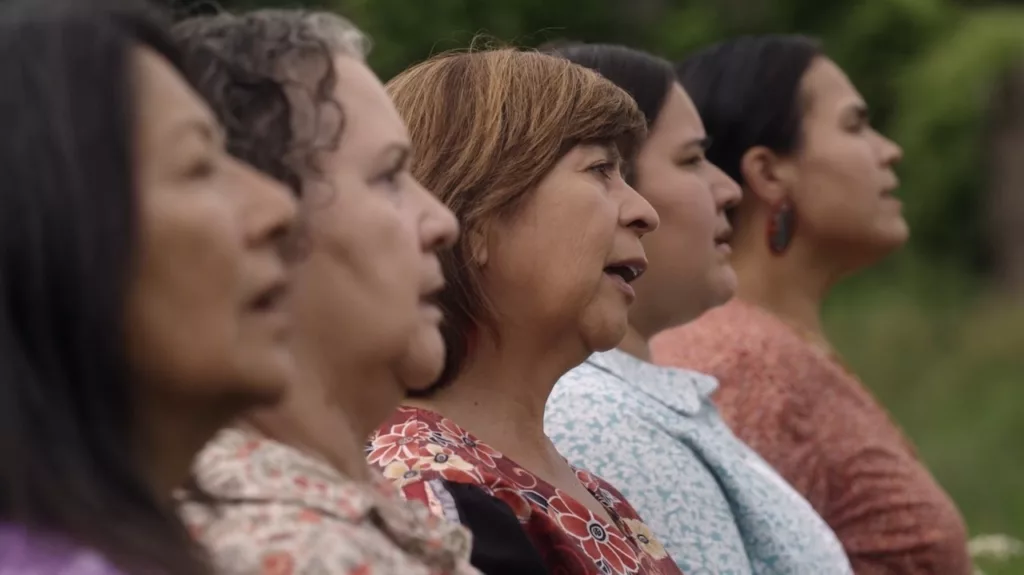
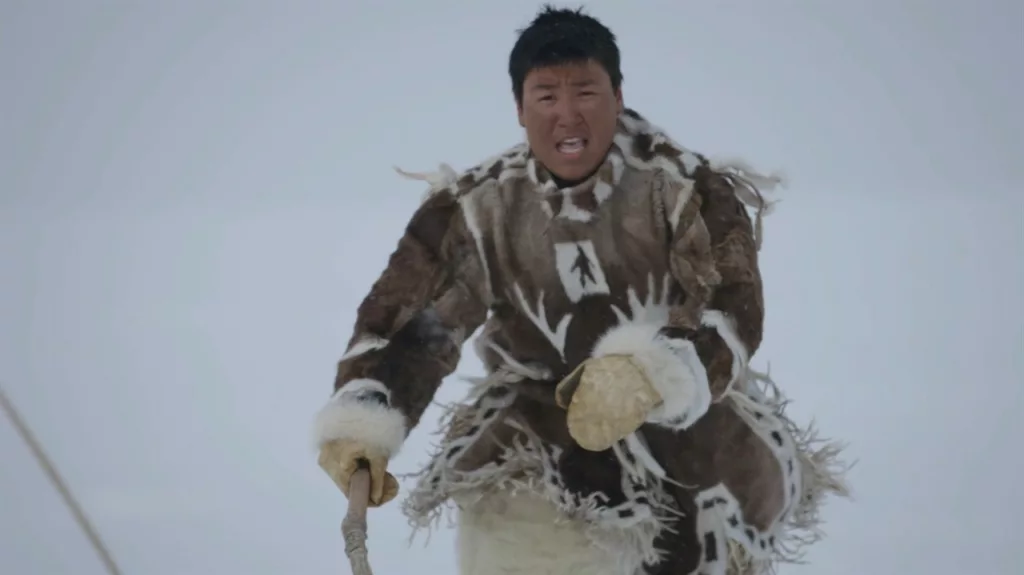
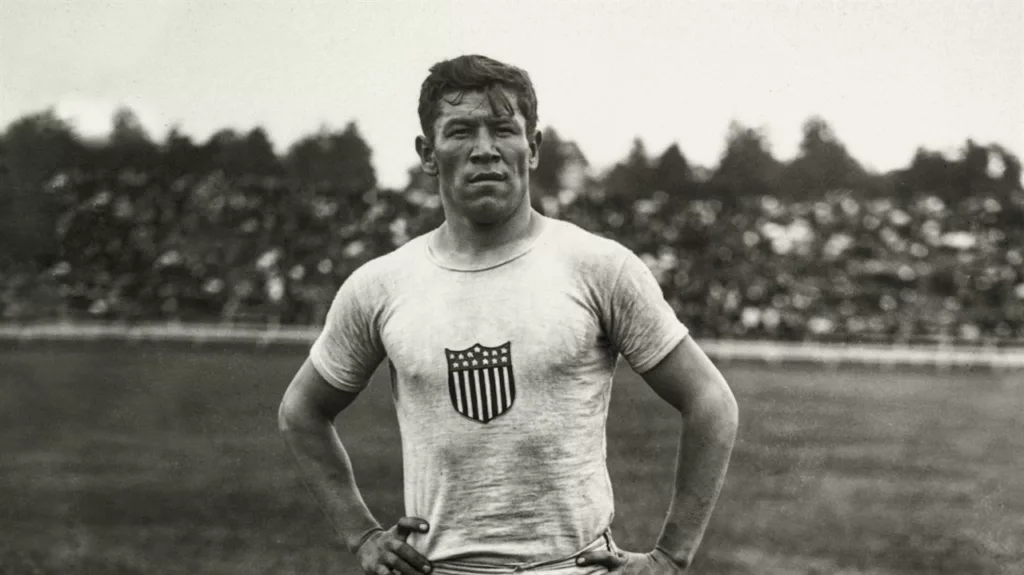
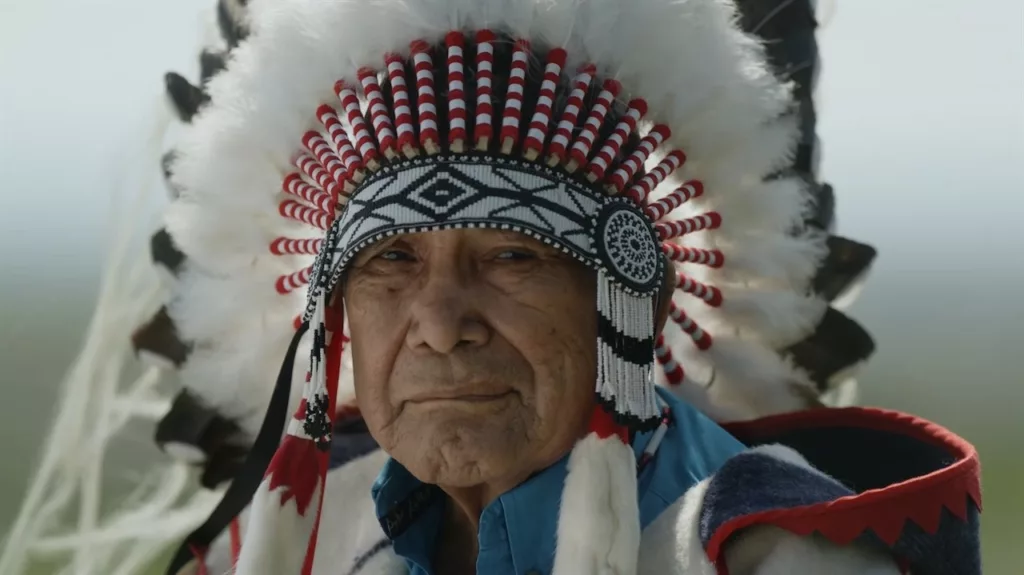
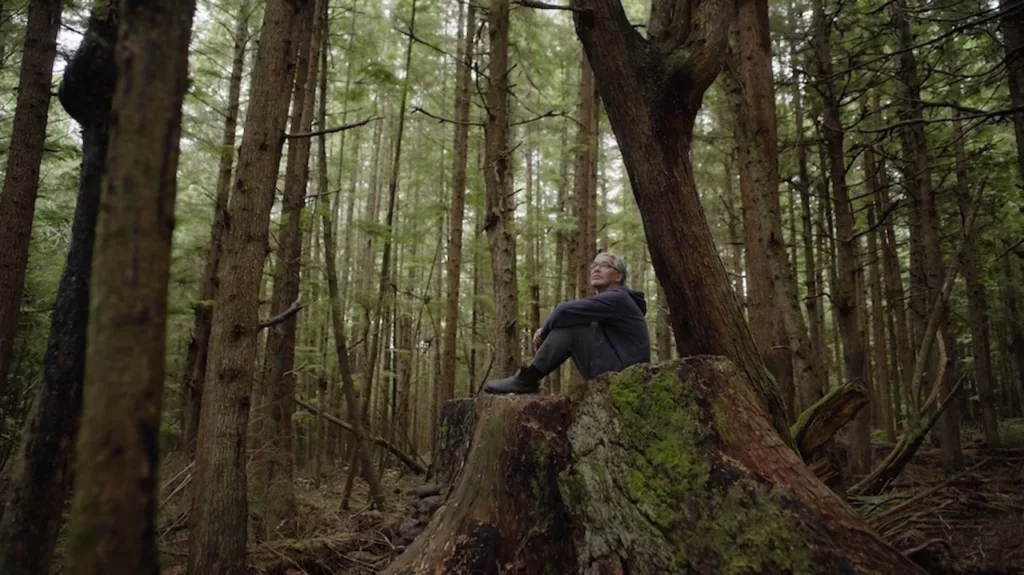








Discussion about this post